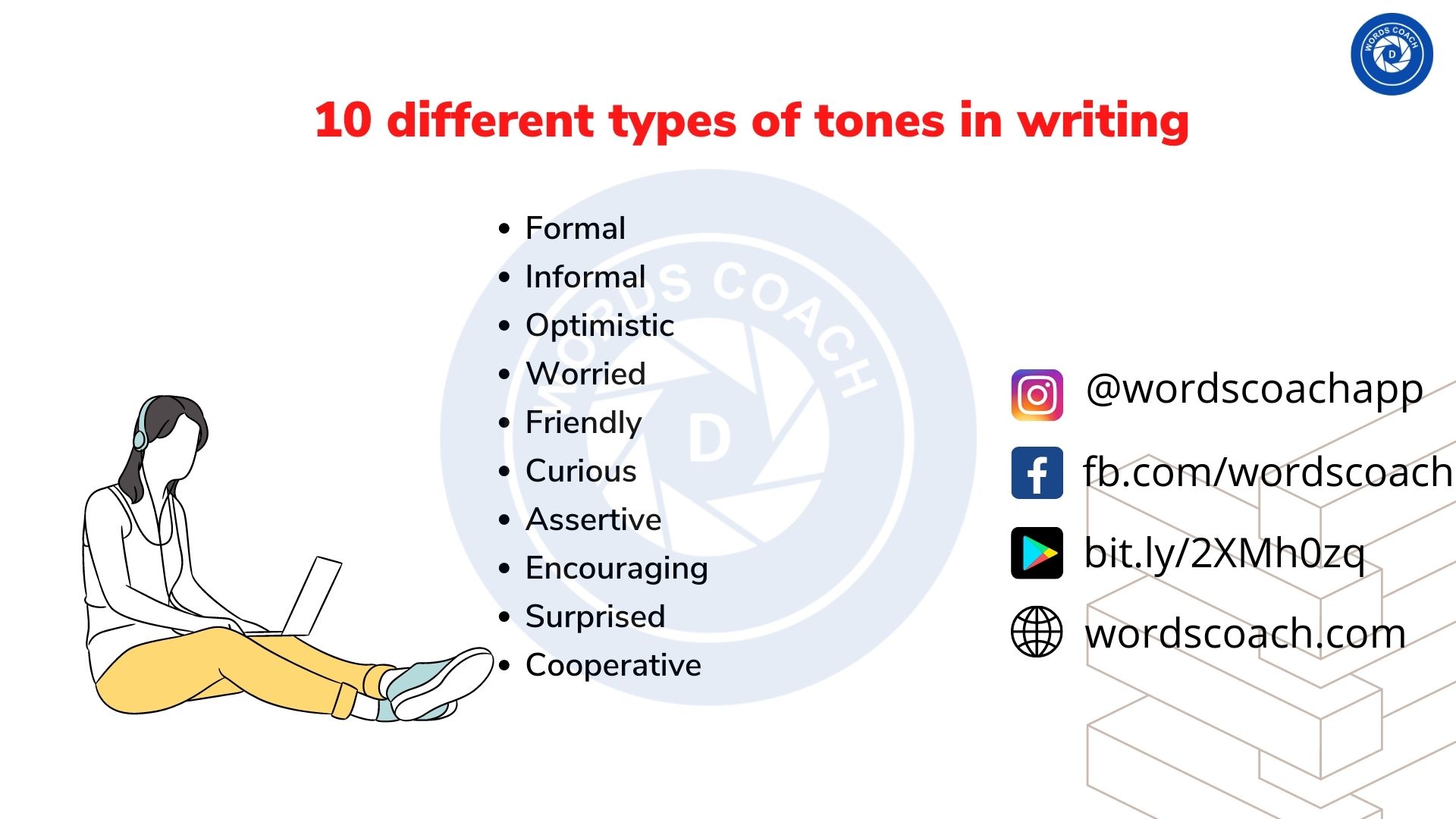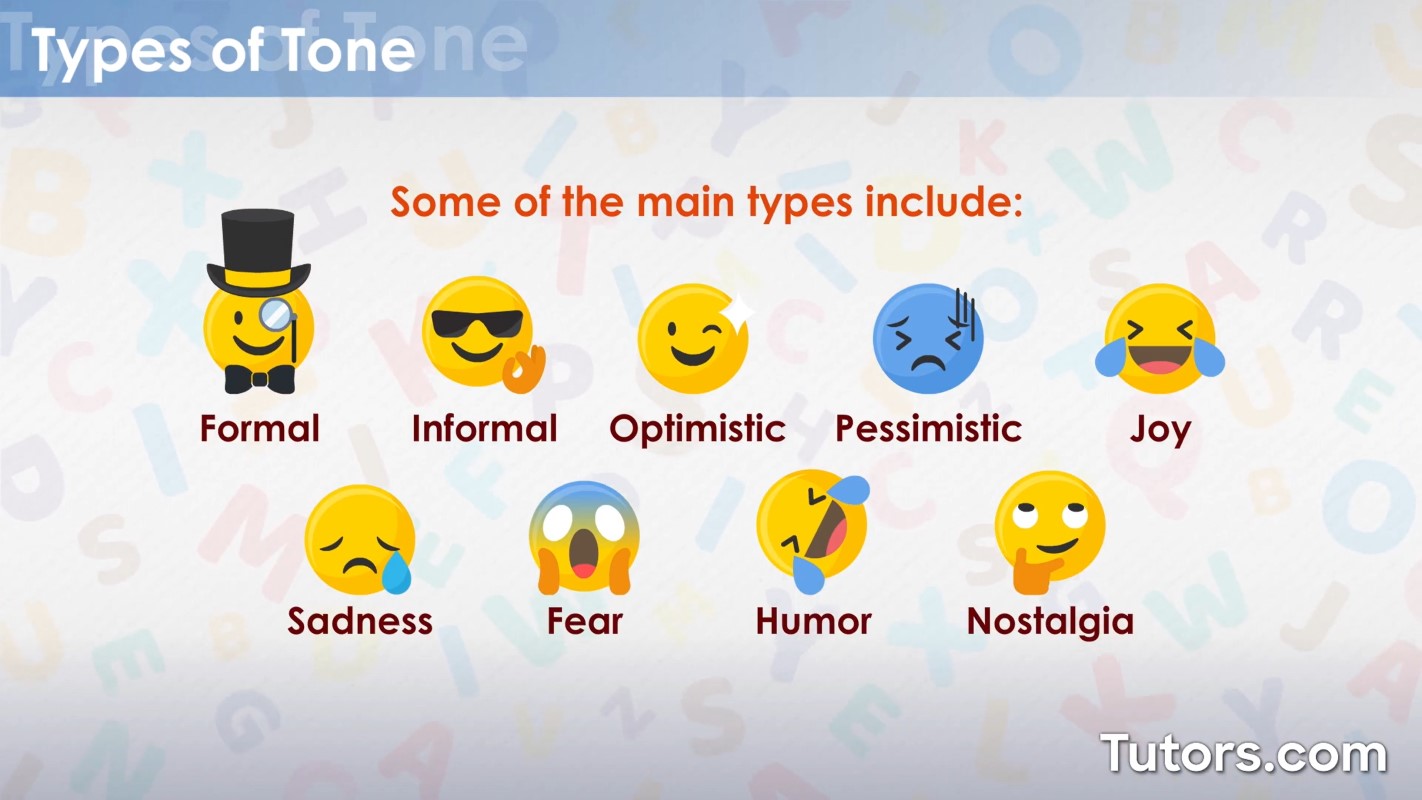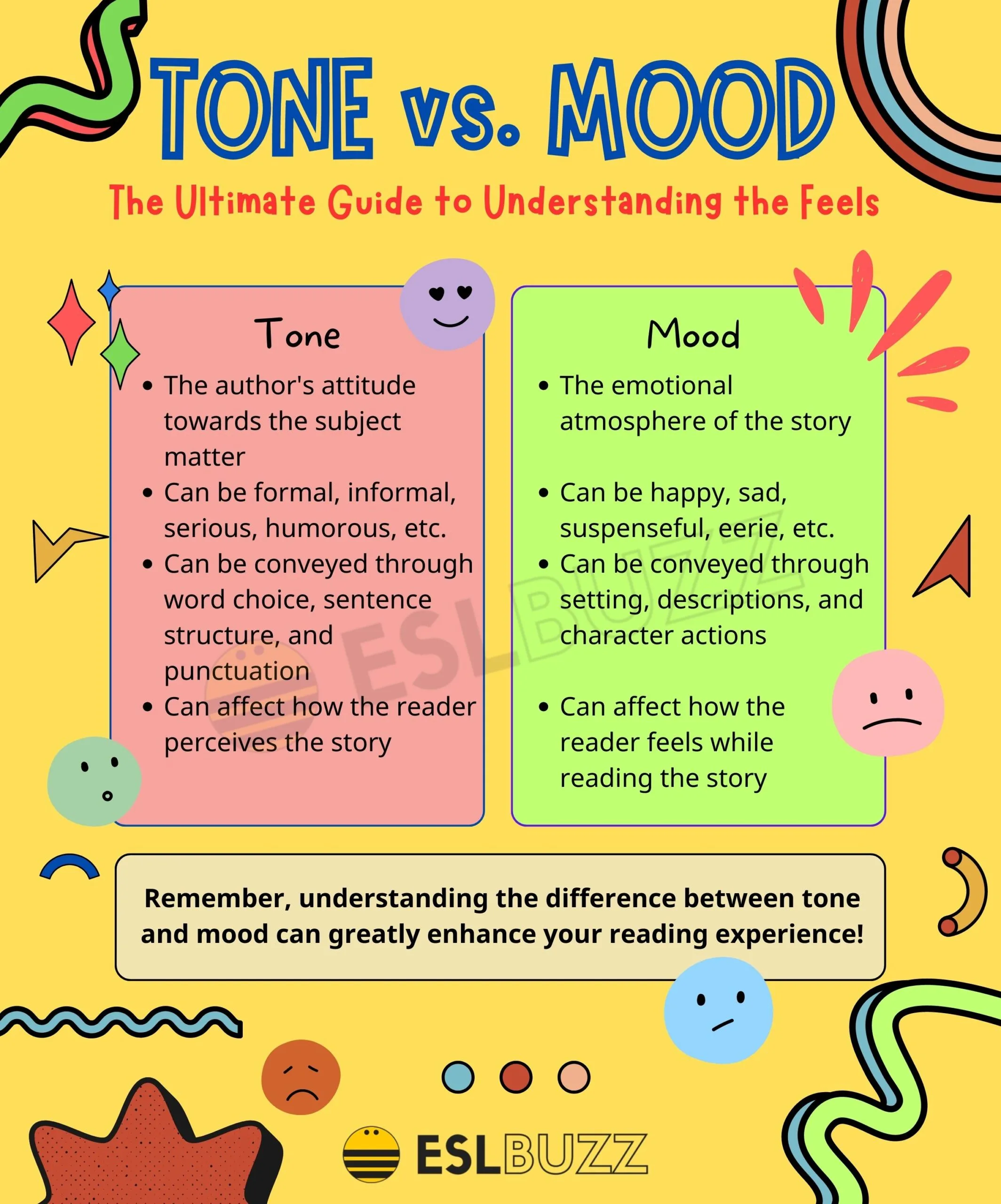Have you ever heard someone say or do something that completely missed the mark, leaving you bewildered by their lack of awareness? Perhaps they made an insensitive joke at an inappropriate moment, or a company released a statement that seemed utterly oblivious to public sentiment. This common phenomenon often leads to the observation: "That was incredibly tone deaf." But what exactly does it mean to be "tone deaf," and why is this phrase so frequently used to describe a failure in communication and perception?
Beyond its literal musical origins, the term "tone deaf" has evolved into a powerful metaphor for a profound lack of understanding regarding social cues, emotional context, and public sentiment. It describes an individual or entity that, despite having all their physical senses intact, appears to lack the mental or emotional "ear" to discern the subtle nuances of a situation. This article will delve deep into the multifaceted meaning of "tone deaf," exploring its roots, its manifestations in various contexts, and the significant impact it can have on relationships, reputation, and effective communication.
Table of Contents
- The Dual Meaning of "Tone Deaf": From Music to Metaphor
- The Etymology of "Tone Deaf": A Journey from Pitch to Perception
- Why People Are Perceived as "Tone Deaf": Unpacking the Causes
- Manifestations of "Tone Deaf" Behavior in Daily Life
- The Impact of Being "Tone Deaf": Personal and Professional Repercussions
- Navigating a "Tone Deaf" World: Strategies for Understanding and Responding
- Avoiding the "Tone Deaf" Trap: Cultivating Empathy and Awareness
- Conclusion: The Imperative of Social Acuity
The Dual Meaning of "Tone Deaf": From Music to Metaphor
The phrase "tone deaf" carries a fascinating duality, rooted deeply in two distinct yet conceptually linked realms: music and social perception. Originally, and still literally, it refers to a musical inability. When someone is described as "tone deaf" in a musical context, it means they are **relatively insensitive to differences in musical pitch**. Their brain, as one might put it, "does not have" the ability to accurately perceive and reproduce musical notes or melodies. This isn't a medical term for deafness, which refers to an inability to hear, but rather a specific neurological difference related to pitch processing. It accepts "blind" for inability to see and "deaf" for inability to hear, but "tone deaf" here refers to a specific musical deficiency, not a general hearing impairment. However, the more common and widely understood application of the term today is metaphorical. In this sense, "tone deaf" describes someone **having or showing an obtuse insensitivity or lack of perception, particularly in matters of public sentiment, opinion, or social context**. It signifies a profound disconnect between one's words or actions and the prevailing mood, expectations, or emotional landscape of a situation. This metaphorical usage highlights a failure to "hear" or understand the unspoken cues, the underlying feelings, or the collective consciousness of a group or society. It's about missing the "social pitch" – saying or doing something that is jarringly out of sync with what is appropriate or expected. This evolution of the term is crucial to understanding its modern usage. It implies a failure to grasp the subtle, often unarticulated, emotional and social "tones" that permeate human interaction. Whether it's a politician making an ill-timed remark during a crisis, a brand launching an insensitive marketing campaign, or an individual dominating a group conversation without noticing others' disinterest, the label "tone deaf" perfectly encapsulates this profound lack of awareness. It's a powerful descriptor because it vividly conveys the idea of someone speaking a different language than their audience, not in terms of words, but in terms of empathy and understanding.The Etymology of "Tone Deaf": A Journey from Pitch to Perception
The journey of "tone deaf" from a literal musical term to a widely used social descriptor is a testament to the flexibility and power of language. As noted, the term is relatively new in its metaphorical sense, but its roots are clearly in the musical realm. Originally, it was directly connected to music, where the listener is incapable of recognizing musical pitches. This musical inability, sometimes referred to as amusia, is a genuine cognitive difference, not a choice. People with amusia genuinely struggle to differentiate between different musical notes, making it difficult for them to enjoy music in the same way others do or to sing in tune. Over time, the vivid imagery of someone being unable to discern musical harmony or melody naturally lent itself to describing a similar inability in social contexts. Just as a musician needs an ear for pitch, a socially adept individual needs an "ear" for the emotional and contextual "pitch" of a situation. The transition of the term reflects a growing awareness of the importance of emotional intelligence and social awareness in effective communication. The idea that someone could be "deaf" not to sound itself, but to the *meaning* and *implication* of social sounds and signals, resonated deeply. This metaphorical extension gained traction because it perfectly captured a common frustration: encountering individuals or entities who seem utterly oblivious to the emotional resonance of their actions. It's not about being literally unable to hear, but about being unable to interpret the subtle, non-verbal, or contextual cues that define social interactions. The phrase succinctly conveys the idea of a fundamental disconnect, a failure to attune oneself to the emotional frequency of others. This makes "tone deaf" a powerful and instantly recognizable descriptor for a significant social faux pas or a profound lack of empathy.Why People Are Perceived as "Tone Deaf": Unpacking the Causes
Understanding why someone might be perceived as "tone deaf" requires delving into a complex interplay of psychological, social, and cognitive factors. It's rarely a deliberate act of malice, but rather a manifestation of various blind spots or developmental gaps in social intelligence.Lack of Empathy and Perspective-Taking
One of the primary drivers of tone-deaf behavior is a deficit in empathy – the ability to understand and share the feelings of another. When an individual struggles to put themselves in someone else's shoes, they are less likely to anticipate how their words or actions might be received. This can lead to remarks that are unintentionally hurtful, dismissive, or simply irrelevant to the emotional state of others. A lack of perspective-taking means they are unable to see a situation from any viewpoint other than their own, leading to a self-centered approach to communication. For example, someone who keeps talking about themselves, dominates a group conversation, and does not seem to notice or care about the contributions of others, often exhibits this lack of perspective. Their focus remains squarely on their own narrative, making them appear "tone deaf" to the group dynamic.Cognitive Biases and Echo Chambers
Our brains are wired with various cognitive biases that can distort our perception of reality and, consequently, our social awareness. Confirmation bias, for instance, leads us to seek out and interpret information in a way that confirms our existing beliefs, making it harder to acknowledge alternative viewpoints or criticisms. Similarly, the "curse of knowledge" can make it difficult for experts to communicate effectively with novices, as they assume a shared understanding that doesn't exist. Furthermore, living in "echo chambers" – environments where we are primarily exposed to information and opinions that reinforce our own – can significantly contribute to tone-deafness. Whether online or in real life, if individuals are surrounded only by those who think like them, they may lose the ability to understand or even tolerate dissenting views or different emotional realities. This insularity can lead to a profound lack of awareness about broader public sentiment or the struggles of groups outside their immediate circle, making their pronouncements seem incredibly out of touch.Manifestations of "Tone Deaf" Behavior in Daily Life
The concept of "tone deaf meaning" becomes clearer when we observe its manifestations across various aspects of daily life, from personal interactions to large-scale public discourse. In personal relationships, tone-deafness can appear as: * **Insensitive remarks:** Making a joke about someone's financial struggles to a person who just lost their job. * **Dismissing feelings:** Telling someone to "just get over it" when they are grieving. * **Dominating conversations:** As mentioned, someone who constantly talks about themselves, without allowing others to contribute or changing the subject to their own experiences. * **Ignoring non-verbal cues:** Failing to notice a person's discomfort, boredom, or sadness during a conversation, and continuing as if everything is fine. * **Inappropriate timing:** Announcing exciting personal news at a funeral, or complaining about minor inconveniences to someone facing a major crisis. In professional settings, "tone deaf" behavior can be particularly damaging: * **Corporate PR blunders:** A company posting a celebratory message about profits while simultaneously announcing layoffs, or a brand using a serious social movement for trivial marketing. * **Leadership missteps:** A CEO giving themselves a huge bonus while employees are struggling with stagnant wages or being asked to take pay cuts. * **Customer service failures:** Responding to a customer's heartfelt complaint with a canned, impersonal, or even sarcastic reply. * **Written communication challenges:** Written text, by its very nature, can be "tone deaf" because it lacks vocal cues, facial expressions, and body language. This means the literal interpretation often stands, even if sarcasm or nuance was intended. This highlights the difficulty in conveying true sentiment without the full spectrum of human communication. In public discourse and politics, the term is frequently applied to: * **Politicians out of touch:** Leaders making statements or enacting policies that seem completely disconnected from the realities faced by their constituents, especially during times of crisis or economic hardship. * **Celebrity gaffes:** Public figures making comments that are perceived as insensitive, privileged, or oblivious to social issues, often leading to public backlash. * **Media coverage:** News outlets presenting stories in a way that lacks sensitivity or understanding of the affected communities. These examples underscore that "tone deaf" isn't just about saying the wrong thing; it's about failing to understand the broader context, the emotional climate, and the potential impact of one's words and actions.The Impact of Being "Tone Deaf": Personal and Professional Repercussions
The consequences of being "tone deaf" extend far beyond a momentary awkwardness. This lack of social acuity can have profound and lasting negative impacts on individuals, organizations, and even society at large.Eroding Trust and Relationships
At a personal level, consistent tone-deaf behavior can severely erode trust and damage relationships. When someone repeatedly says or does things that are insensitive or oblivious, others may begin to perceive them as uncaring, self-absorbed, or even disrespectful. This can lead to feelings of frustration, resentment, and a reluctance to engage further. Friends might distance themselves, family members might feel unheard, and colleagues might become less willing to collaborate. The foundation of any healthy relationship is mutual understanding and respect, both of which are undermined by tone-deafness. It creates a barrier to genuine connection, as the "tone deaf" individual struggles to resonate with the emotional experiences of others.Damaging Reputation and Public Image
In the public sphere, whether for individuals, brands, or political entities, being "tone deaf" can be catastrophic for reputation and public image. In today's hyper-connected world, a single insensitive remark or ill-conceived campaign can go viral in minutes, leading to widespread condemnation and a severe backlash. Consumers may boycott brands, voters may turn against politicians, and public figures may face calls for their cancellation. The damage can be long-lasting, requiring significant effort and time to rebuild trust and credibility. A company that consistently demonstrates a lack of awareness about social issues, for example, will struggle to connect with a socially conscious consumer base, regardless of the quality of its products or services. The perception of being "out of touch" can be a death knell in an era where authenticity and social responsibility are highly valued.Navigating a "Tone Deaf" World: Strategies for Understanding and Responding
Living in a world where tone-deafness is increasingly apparent, both in personal interactions and public discourse, requires strategies for understanding and responding effectively. It's not always about condemnation, but often about seeking clarity and promoting better communication. Firstly, when encountering tone-deaf behavior, it's important to consider the intent versus the impact. While the impact may be negative, the intent might not be malicious. Sometimes, it stems from genuine ignorance, a lack of exposure to diverse perspectives, or simply poor social skills. This doesn't excuse the behavior, but it can inform how one chooses to respond. For individuals, a direct, yet empathetic, approach can sometimes be effective. For example, instead of immediately labeling someone as "tone deaf," one might say, "I understand what you're trying to say, but that might come across differently to others because..." This provides feedback without being overly accusatory. However, it's also important to recognize when someone is unwilling or unable to receive such feedback, and to adjust one's expectations or distance oneself if necessary. For organizations and public figures, navigating accusations of tone-deafness requires swift, genuine, and well-calibrated responses. This often involves: * **Active listening:** Truly hearing and acknowledging the criticism, rather than dismissing it. * **Genuine apology:** Taking responsibility for the misstep without making excuses. * **Demonstrating understanding:** Showing that they grasp *why* their actions were perceived as tone-deaf. * **Corrective action:** Outlining concrete steps to prevent similar incidents in the future. * **Engaging with critics:** Sometimes, a dialogue can turn a negative situation into an opportunity for growth and connection. Ignoring the criticism or doubling down on the "tone deaf" stance almost always exacerbates the problem, further alienating the audience and cementing a negative perception.Avoiding the "Tone Deaf" Trap: Cultivating Empathy and Awareness
For anyone aiming to communicate effectively and build strong relationships, avoiding the "tone deaf" trap is paramount. It requires a conscious and continuous effort to cultivate empathy, awareness, and a nuanced understanding of social dynamics. This isn't about being perfectly politically correct at all times, but about genuinely striving to connect with others on an emotional and contextual level.Active Listening and Observation
One of the most powerful tools against tone-deafness is active listening. This goes beyond merely hearing words; it involves paying attention to tone of voice, body language, facial expressions, and the unspoken subtext of a conversation. It means asking clarifying questions, reflecting back what you've heard to ensure understanding, and giving the speaker your full attention. Similarly, keen observation of social environments – noticing who is speaking, who is quiet, the general mood, and unspoken rules – can provide invaluable context. This is particularly important for avoiding the pitfalls of written communication, where "written text is tone deaf" and literal interpretation often stands. Being mindful of your audience and context before writing is key.Seeking Diverse Perspectives
Actively seeking out and engaging with diverse perspectives is crucial for broadening one's social and emotional understanding. This means: * **Reading widely:** Consuming news and opinions from a variety of sources, not just those that confirm your existing views. * **Engaging with different people:** Interacting with individuals from different backgrounds, cultures, socio-economic statuses, and life experiences. This helps to break down echo chambers and build a more nuanced understanding of the human condition. * **Practicing empathy exercises:** Consciously trying to imagine what it would be like to be in someone else's situation, considering their feelings, challenges, and motivations. * **Soliciting feedback:** Being open to constructive criticism about one's communication style and willingness to learn from mistakes. Asking trusted friends or colleagues for honest feedback can reveal blind spots. By proactively engaging in these practices, individuals and organizations can develop a more finely tuned "social ear," allowing them to better understand the emotional landscape of their interactions and avoid the pitfalls of being "tone deaf." This continuous learning process is essential for fostering meaningful connections and navigating the complexities of human society.Conclusion: The Imperative of Social Acuity
The journey through the "tone deaf meaning" reveals a concept far richer and more impactful than its simple two words suggest. From its literal origins in musical pitch to its pervasive metaphorical use in describing social insensitivity, "tone deaf" has become a vital descriptor for a fundamental failure in human connection. It highlights a critical lack of empathy, an inability to grasp context, and a dangerous disconnect from prevailing sentiment. The repercussions of such a state are profound, eroding trust, damaging reputations, and hindering effective communication in every sphere of life. In an increasingly interconnected yet often polarized world, the ability to "hear" and respond to the nuanced social and emotional tones around us is no longer just a desirable trait; it's an imperative. Cultivating this social acuity requires deliberate effort: active listening, empathetic perspective-taking, and a genuine commitment to understanding experiences beyond our own. By striving to be more attuned, more aware, and more responsive, we can bridge divides, build stronger relationships, and foster a more harmonious and understanding society. What are your thoughts on "tone deaf" moments you've witnessed or experienced? Share your insights in the comments below, or consider exploring other articles on our site about effective communication and emotional intelligence to deepen your understanding of these crucial topics.

